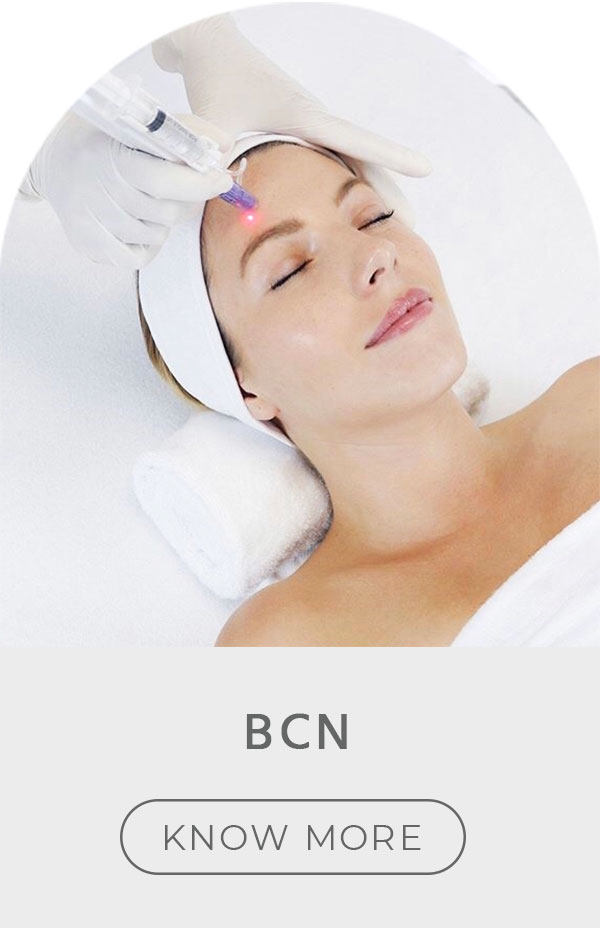Microneedling Treatments
Microneedling
Overview
Microneedling, also known as collagen induction therapy, is a minimally invasive cosmetic procedure that involves the use of fine needles to create tiny punctures in the skin. These micro-injuries stimulate the body’s natural wound healing processes, leading to increased collagen and elastin production, which helps improve the texture and appearance of the skin.
How Microneedling Works
A device with fine needles, often in the form of a pen or roller, is used to create controlled micro-injuries on the skin's surface. These tiny punctures trigger the skin's repair mechanisms, stimulating the production of new collagen and elastin, which are essential for maintaining the skin's strength, elasticity, and overall appearance.
Benefits of Microneedling
- Improved Skin Texture: Smooths out rough skin.
- Reduced Fine Lines and Wrinkles: Helps diminish the appearance of aging signs.
- Scar Reduction: Effective for acne scars, surgical scars, and stretch marks.
- Pore Size Reduction: Minimizes the appearance of large pores.
- Improved Product Absorption: Enhances the penetration of skincare products applied after treatment.
Treatment Areas
- Face
- Neck
- Décolletage
- Hands
- Scalp (for hair restoration)
- Body areas with scars or stretch marks
The Microneedling Procedure
- Consultation: A thorough consultation with a qualified practitioner to discuss your skin concerns, goals, and suitability for the treatment.
- Preparation: The skin is cleaned, and a topical anesthetic is applied to minimize discomfort.
- Microneedling: The practitioner uses a microneedling device to create controlled micro-injuries on the skin. The treatment usually takes 20 to 30 minutes, depending on the area being treated.
- Post-Treatment Care: After the procedure, the skin is cleansed, and soothing serums or moisturizers are applied. Specific aftercare instructions are provided to ensure optimal healing and results.
What to Expect After Microneedling
- Immediate Effects: Redness and slight swelling, similar to a mild sunburn, which usually subsides within a few hours to a couple of days.
- Downtime: Minimal downtime; most patients can return to their normal activities within 24 to 48 hours.
- Results: Initial results can be seen within a few weeks, with continued improvement over several months as collagen production increases.
Risks and Side Effects
- Common Side Effects: Redness, swelling, mild discomfort, and pinpoint bleeding.
- Rare Side Effects: Infection, allergic reactions, hyperpigmentation, or scarring.
Ideal Candidates
- Individuals looking to improve skin texture, reduce wrinkles, or minimize scars and stretch marks.
- Those seeking a non-surgical treatment with minimal downtime.
- People with realistic expectations about the results.
Contraindications
- Active skin infections or conditions (e.g., acne, eczema).
- Blood disorders or use of blood-thinning medications.
- Recent use of Accutane (within the last 6 months).
- Pregnant or breastfeeding women.
Combining Microneedling with Other Treatments
- PRP (Platelet-Rich Plasma): Often combined with microneedling to enhance collagen production and accelerate healing.
- Topical Serums: Application of growth factors, hyaluronic acid, or Vitamin C serums immediately after microneedling can enhance results.
- Laser Treatments: Microneedling can be combined with certain laser treatments for more comprehensive skin rejuvenation.
Preparation and Aftercare
- Preparation: Avoid sun exposure, certain skincare products (e.g., retinoids), and blood-thinning medications a few days before the procedure.
- Aftercare: Keep the skin clean and moisturized, avoid direct sun exposure, and use a broad-spectrum sunscreen. Follow any specific instructions provided by your practitioner.
Microneedling is a versatile and effective treatment for various skin concerns, offering significant improvements with minimal downtime. For the best results, consult with a qualified practitioner to develop a personalized treatment plan based on your individual needs and goals.






